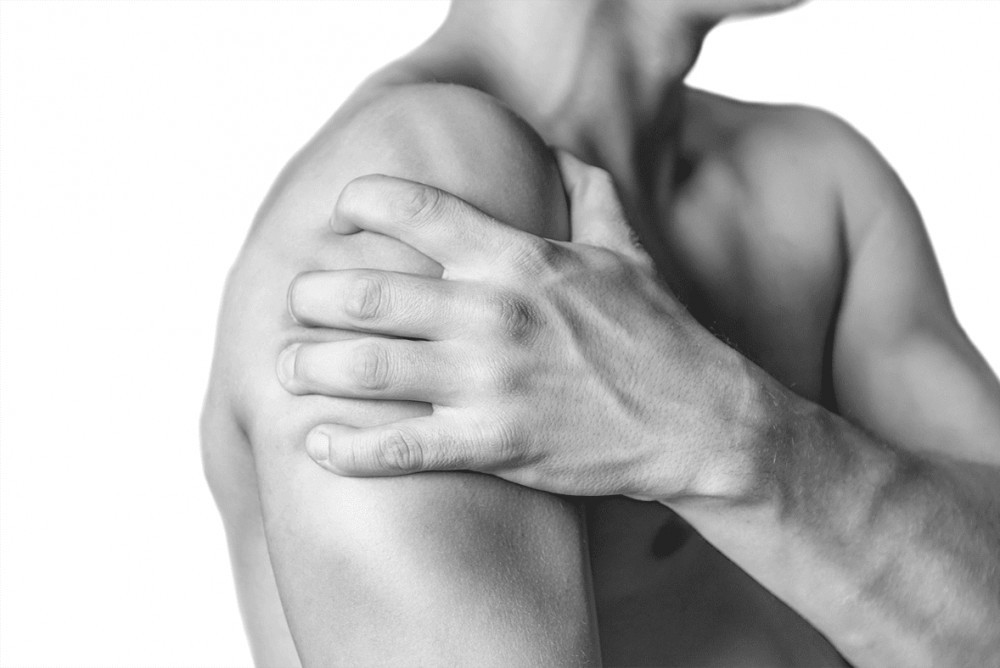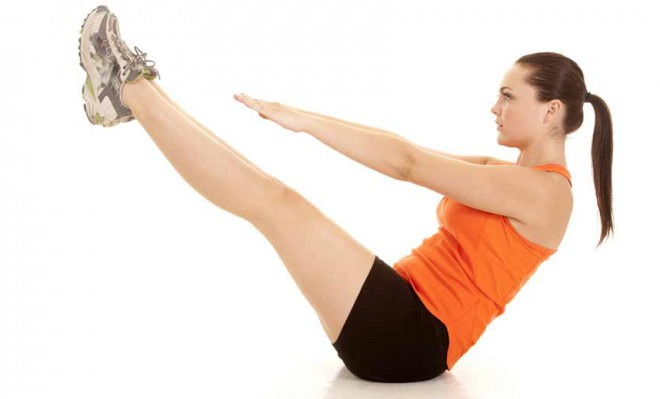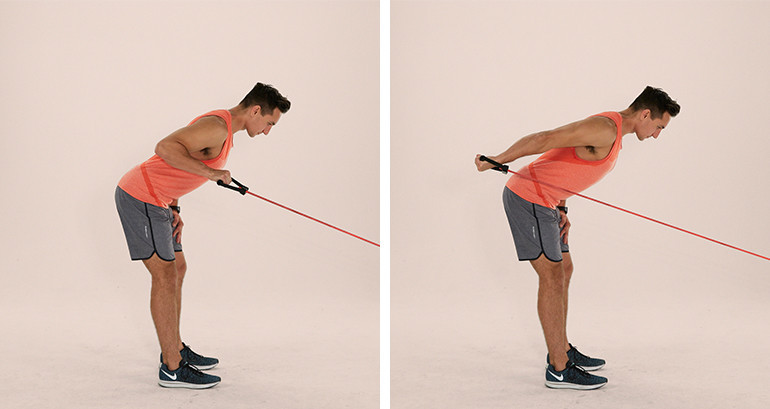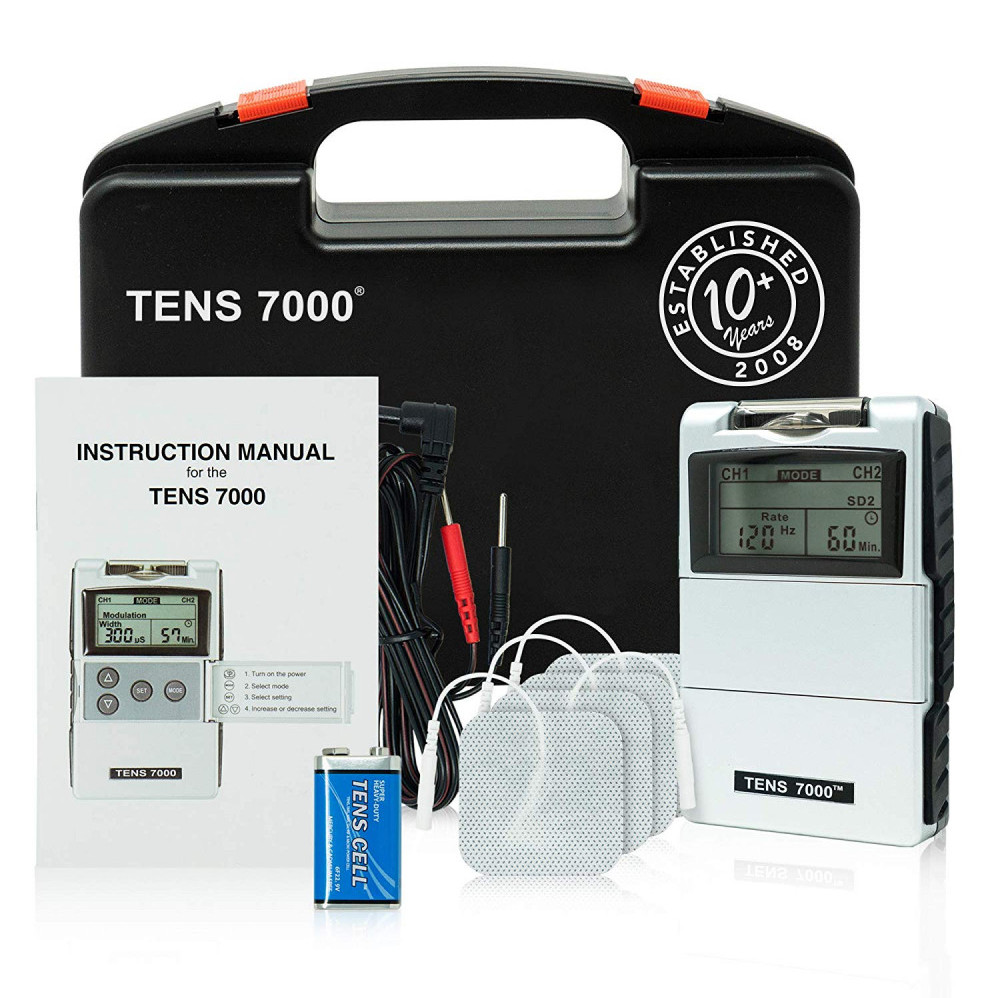WHAT ARE THEY?
“Workarounds” are typically temporary fixes that serve to allow us to continue with a plan when ideal circumstances are not present.
My reference is to fitness workouts, though there are many other applications as well.
For example, I am dealing with a rotator cuff sprain in my right shoulder. My plan is to continue with fitness workouts 6 days each week, but without damaging my shoulder further. Over the years, I have had plenty of opportunities to implement workarounds, \when dealing with:
- A broken leg
- Cartilage damage in both knees
- “Tennis elbow” in my left arm
- “Golfers elbow” also in my left arm
- Achilles heel tendinitis in my left foot
- An inguinal hernia
- Sciatica
- Spinal stenosis
- Arthritis in my fingers, leading to “trigger finger”
Small wonder that I see my sports medicine doctor more than all others combined.
My fitness workouts are even workarounds, since I would still be playing tennis every day if not for my knee and back issues.
I am not complaining and the above list is really not too bad for someone of my advanced years. My glass is “half full” when it comes to physical fitness and good health.
More importantly, the point of this post is to strongly suggest that it is very possible to continue with workouts even with some injuries or ailments.

MY CURRENT WORKAROUND
I injured my shoulder about a year and a half ago. This was self-induced. I was doing push-ups with elevated bars so that I could go deeper – more like parallel bar dips. That was okay, but I began to use a more narrow spacing of my hands. I felt pain, but continued. This was not a good idea.
The next day, I woke up with real pain. The above image is appropriate for what I was feeling. I didn’t want any part of rotator cuff surgery. Here are the steps that I followed:
- I visited my sports medicine physician, confirmed the nature of my issue and got a couple of injections in the next few weeks. The injections eased the pain, but only temporarily.
- Then I signed up for 10 physical therapy sessions. I learned the appropriate stretches and got heat treatments and electrical nerve stimulation from their TENS unit. My range of motion in the affected area increased gradually and my pain decreased.
- I finished up with my physical therapists, but not with my therapy. I started doing 12 stretching sets at home and also bought my own TENS unit.
- I saw no reason why I couldn’t use my treadmill or take walks outside for cardiovascular fitness. I did so and this was the beginning of my workaround.
- Soon afterward, I began an abdominal workout. There was no reason not do. This consisted of 3 sets for my external obliques and 3 for my front abdominals. The external oblique exercise was to twist my waist left and right for 100 reps while sitting down and looking straight ahead. I do 3 sets of 30 reps of V-ups, my all – time favorite core exercise. See the image below for V-ups.

- With cardio and abdominal work under way, my workaround was taking shape. Next, I found that I could do isometric holds without damage to my right shoulder. I added 4 sets of chest compression holds with my Bullworker Steel Bow. These were 30 second holds. I also did an isometric hold for my right biceps by holding at the top of my contraction.
- It was also easy and practical to pull resistance cords from an anchored position to both sides. This engaged my back, specifically the latissimus dorsi muscles. Resistance cords could also be used for triceps kickbacks without damage to my right shoulder. Triceps kickbacks are shown below. The triceps are strongly engaged as the elbows are straightened by pulling backward from a bent over stance.

- There was no reason why I couldn’t do dumbbell curls for my left biceps, so I did.
- My plan grew to its present application, which is to perform 30 reps of stretching / bodybuilding 3 days per week and 30 minutes on my treadmill the other 3 days, resting on Sundays.
RESOURCES
TENS (Transcutaneous Electrical Nerve Stimulation) units are great to relieve pain. My unit is shown below and is available here at a very reasonable price.
Bullworker equipment makes possible the efficient use of isometric movements when we are injured and both isotonic and isometric applications at any time. The Bullworker website can be accessed here.
Resistance cords (or bands) are gaining in popularity. They can be low impact and protective of our joints, yet allow for a full body workout. A complete set with door anchor and all accessories is available here.
CONCLUDING
This post may seem like my personal diary. My intention was to show the sequence of events that I have experienced in working around an injury.
All of this is predicated on competent medical advice before attempting a workaround at any time. It can be done, but caution and deliberation are required.
If we are diligent and well informed, we need not put aside our fitness workouts with most injuries. Again, check with your physician.
In the simplest of terms, an arm or shoulder injury does not suggest that we can not take a walk, indoors or outdoors. A leg injury does not usually preclude an upper body workout.
Please leave any comments or questions in the “Comments” section below. Also, please make any suggestions about fitness topics that you would like. I want to make sure that I am addressing your concerns, whether by drawing from my experience or by research.
You can also email me, richard@myworkoutathome.com.
Be well and stay safe!